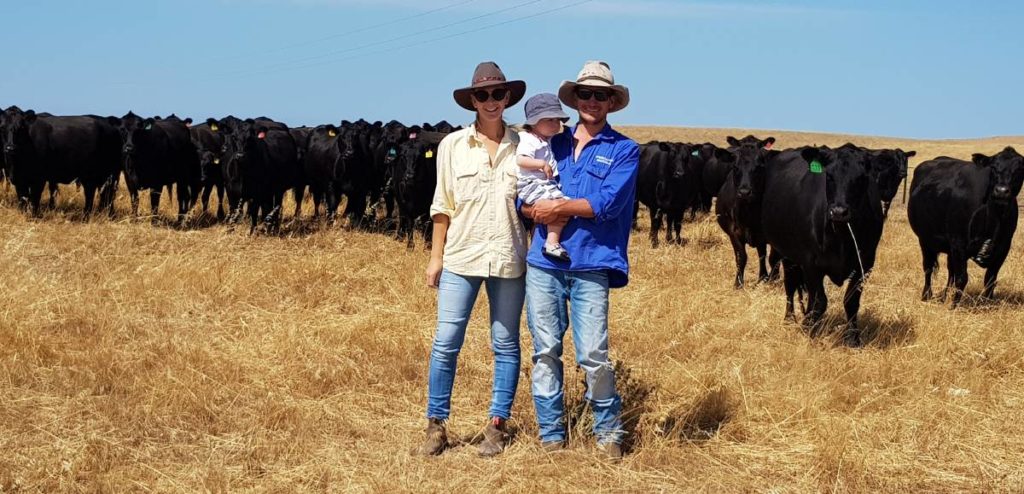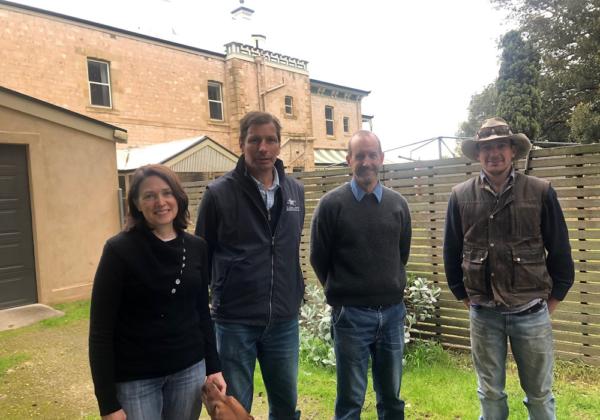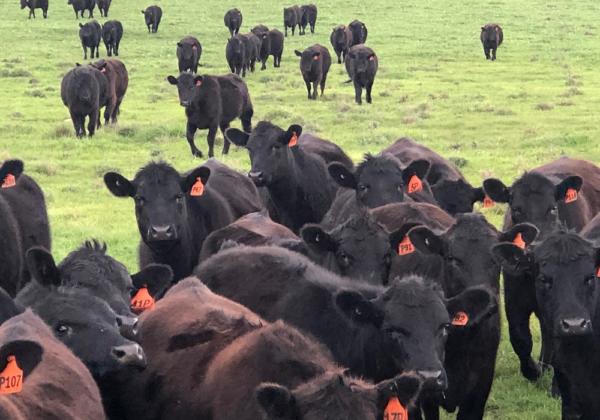MAINTAINING feed reserves through improved pastures and rotational grazing is allowing the Cowan family of Poltalloch Station, Meningie, to meet premium grass-fed markets, by Ruth Schwager, The Land, 11 Feb 2020.
Sixth-generation producer Keith Cowan and his wife Kirsty run the 2225-hectare property on the southern edge of Lake Alexandrina, along with a 405-hectare irrigation block located near Kingston.
The property was a originally a sheep station and ran Shorthorns but the family converted to Angus in the 1990s.
They now run 550 cows and 100 heifers, targeting the feeder market, with the majority of steers going to Rangers Valley near Glen Innes in northern NSW.
The Cowans have purchased Te Mania genetics for the past four years, and the calves are in high demand from feedlot operators, Mr Cowan said.
“They’re able to produce the bulls that we’re chasing with high early growth, high 400-day weight, and they’re good heifer bulls with low birthweight and calving ease,” he said.
“Te Mania also has a high standard with intramuscular fat and other carcase attributes.”
All maiden heifers are artificially inseminated with Te Mania semen for their first calf.
“We get the first chance at some of the top genetics in Australia with the Te Mania semen – it comes from the young Team Te Mania bulls that have performed really well.”
The cattle are mainly run on lucerne, but Mr Cowan also plants veldt grass and ryegrass to cover feed gaps.
Mr Cowan has been rotational grazing for more than decade, after completing the Grazing for Profit course, and the result is constant ground cover on paddocks that are able to produce a large volume of feed.
The large 200ha paddocks have been split to an average of about 39ha, and cattle are run in 80 to 90-head mobs.
“Lucerne really benefits from a rest period, so we graze it right down, and in 30 to 50 days it comes back, with another 20 to 30 centimetres to graze down.
“Rotational grazing helps in drier times. It makes it harder with feeding out, but we’re able to maintain a level of cover on the paddocks, so when it does rain, you get a response, rather than waiting six months to grow anything.
“In autumn we’ll sow ryegrass or barley when they leave a paddock, so it’s ready to be grazed next time they come around.
“It’s low input – we only feed hay at the end of summer if we have to, and we don’t stock heavily, so we don’t have to be feeding regularly.”
Calves are yard weaned on hay for a week at six months of age in purpose-built weaning yards.
“We have them on hay, we drench and vaccinate, and we work them through the yards each time to get them used to people and the motorbike,” Mr Cowan said.
“Then from there, it’s either straight down to Kingston or onto lucerne for a few weeks, depending on how much feed is available.”
The higher rainfall and flood irrigation means feed isn’t an issue at the southern block, with ryegrass and a range of clovers grown there.
Calves are weaned at approximately 250 kilograms and grown out to 400kg curfewed weight, usually around 10 months of age.
“At that weight, there are a lot less inputs to keep them going – the extra milk and weight in the calves allows them to take off,” Mr Cowan said.
“The first lot start going at 10 months, and hopefully they’re all gone by the middle of winter, because the Kingston block is so wet in May, June and July.
“Turning them off at 10 months also means there’s room to run heifers through a bit longer.”
Future breeders are selected at nine months for joining at 15 months, with the excess heifers either sold as replacements to other breeders, or finished for the grassfed market.
“There is good demand for them as breeders but with the price at the moment, it can be better to finish them on farm for the Greenhams Never Ever program, so we aim for them to weigh between 380kg and 400kg.”
Report by Ruth Schwager, The Land, 11 Feb 2020
- Member of Team Te Mania since 2018
- EU Accredited , JBAS-6
- Calving – Autumn, Commencing May 1

 Kristy, Keith and Chris Cowan, Hamish McFarlane, Poltalloch Station
Kristy, Keith and Chris Cowan, Hamish McFarlane, Poltalloch Station Poltalloch Station heifers, Team Te Mania, Tailem Bend, SA
Poltalloch Station heifers, Team Te Mania, Tailem Bend, SA Keith and Chris Cowan, Poltalloch Station with Hamish McFarlane
Keith and Chris Cowan, Poltalloch Station with Hamish McFarlane





